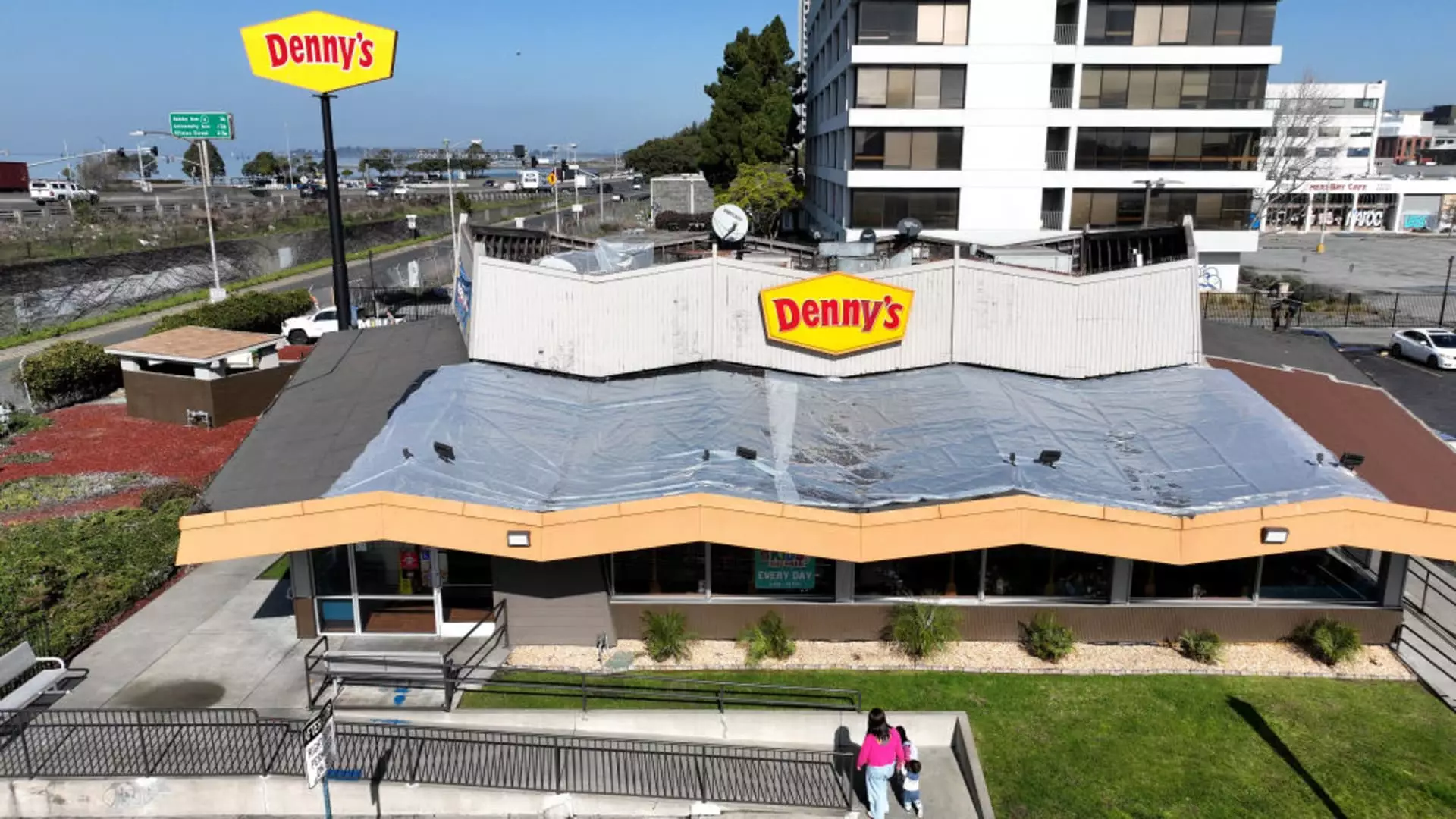The restaurant industry is undergoing a significant transformation, particularly marked by the events of 2024. As inflation impacts consumer behavior, restaurant visitations have declined sharply, forcing numerous chains to close their underperforming locations. The complexities surrounding these closures reveal deeper issues within the industry and highlight the evolving preferences of diners.
In recent years, the economic environment has taken its toll on discretionary spending, particularly in the restaurant sector. Inflation-weary consumers have become more cautious about their spending habits, opting for value and discounts as they dine out. This shift in purchasing behavior has led to a decrease in overall restaurant visits across the United States, according to data from Black Box Intelligence. The ripple effect of this decline can be seen in the falling sales figures and an alarming rise in bankruptcy filings among restaurant brands.
As the numbers illustrate, 2024 has been exceptionally brutal, with 26 restaurant companies filing for Chapter 11 bankruptcy protection, a stark contrast to the pandemic’s peak in 2020. Casual-dining establishments, once a staple of American dining culture, have particularly struggled to retain customers. The competition from rising fast-casual chains has forced traditional casual-dining restaurants to re-evaluate their market position.
The trend of closures in the restaurant industry is evident, with prominent chains making tough decisions to prune their operations. Wendy’s, for instance, announced that it would close 140 underperforming locations by the end of 2024, building on an earlier closure of around 80 sites earlier in the year. The company’s strategy revolves around updating its footprint and enhancing overall sales health, showcasing a trend toward operational efficiency.
Similarly, Applebee’s parent company Dine Brands has signaled a plan to shut down 25 to 35 of its U.S. locations. This brand has seen a consistent decline in same-store sales, marking six consecutive quarters of downturn, snapping the chain’s once loyal customer base. These closures represent not just a response to current economic conditions, but a longer-term strategy to realign the brand with shifting consumer preferences.
Denny’s, a 24-hour diner chain, is also navigating these turbulent waters. While it plans to close 50 locations in 2024 and an additional 100 by 2025, it still anticipates that same-store sales will improve following these cuts. The company aims for stability and growth, reflecting a sentiment that consolidating resources can often lead to more robust performance in the long run.
TGI Fridays is another high-profile casualty that filed for bankruptcy protection in 2024. Prior to its Chapter 11 filing, the chain made headlines by closing 86 restaurants, accelerating a decline that reflects broader industry trends. As with TGI Fridays, Red Lobster also succumbed to pressure, permanently shuttering over 120 locations throughout the year. Both chains illustrate that across various dining segments, aggressive competition and changing tastes have resulted in a reevaluation of operating models and market viability.
The fast-casual sector has not been immune either. Noodles & Co., after a thorough review of its 475-restaurant footprint, announced the closure of around 20 locations to fine-tune its operations and financial health. Even top-performing brands are forced to innovate in response to declining same-store sales, indicating that sustainability in this market is increasingly precarious.
As the restaurant industry comes to grips with its new reality, chains are moving toward an adaptive approach. Bloomin’ Brands, the parent company of well-known chains such as Outback Steakhouse and Carrabba’s Italian Grill, announced the closure of 41 underperforming restaurants in 2024. This method involved not only evaluating location performance but also assessing the feasibility of investments in aging venues—a critical consideration in a landscape marred by economic uncertainty.
Looking ahead, the focus for many brands will be on structural and operational improvements that can safeguard profitability and customer loyalty. While closures can be a sign of retreat, they may ultimately provide the foundation for a stronger and more analytically driven industry, capable of responding to the evolving preferences of a discerning consumer base.
2024 stands as a pivotal year for the restaurant industry, illuminating the need for continual adaptation in a fast-changing market landscape. As chains navigate through closures, bankruptcies, and shifting consumer expectations, the future will likely see a redefined approach to dining out—one that emphasizes quality, convenience, and value in a competitive culinary arena.

